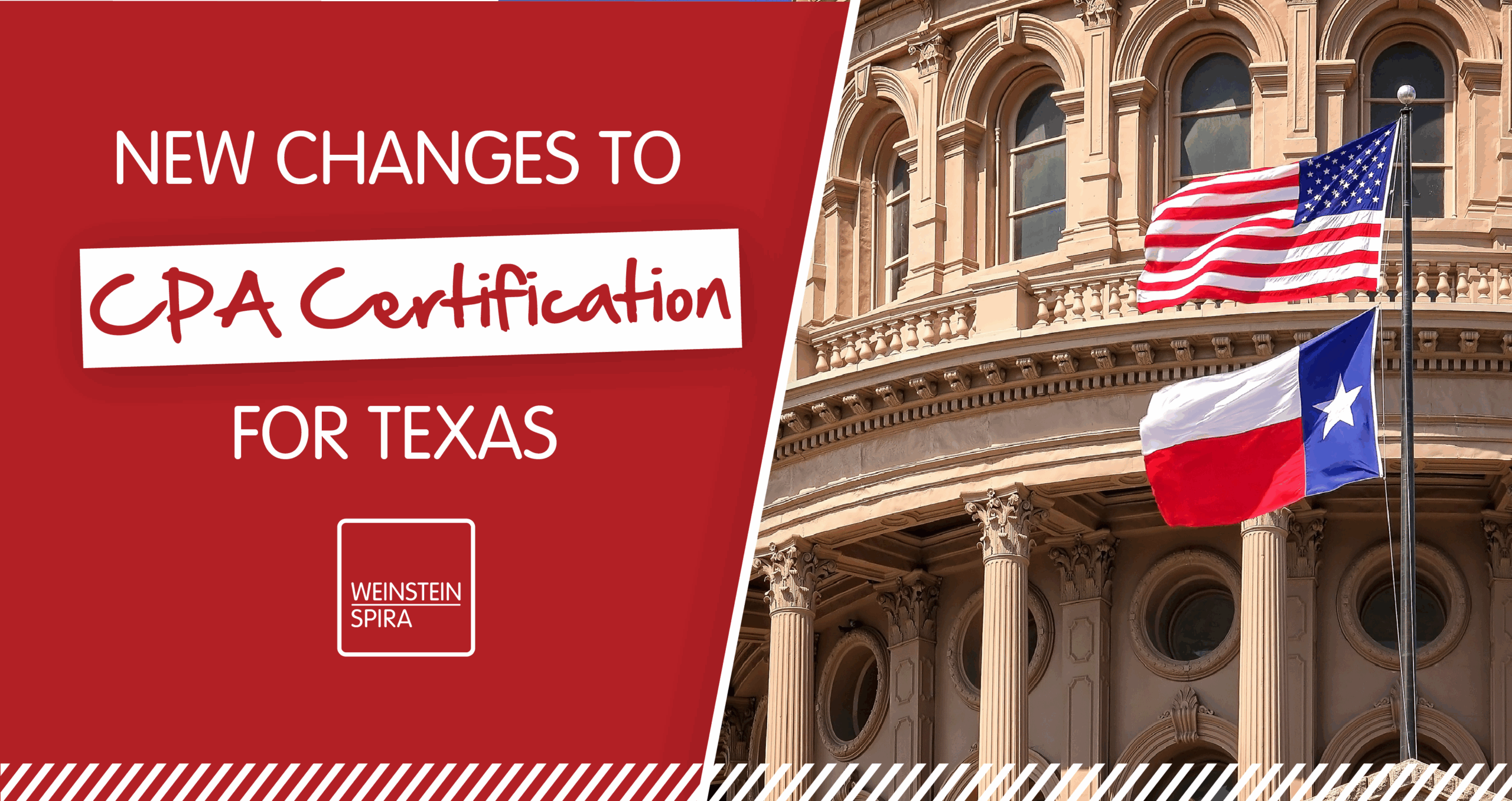On December 29, 2022, Congress passed the long-awaited SECURE 2.0 Act of 2022 (SECURE 2.0 or the Act). While SECURE 2.0 aims to make it easier for Americans to save and encourages small businesses to adopt retirement plans, it will also require plan sponsors to take action over the next few years to comply with the new law.
The following are a few of the key provisions of SECURE 2.0 that affect retirement plans:
Mandatory Auto-Enrollment and Auto-Escalation of Contributions for New 401(k) Plans
Beginning in 2025, the majority of new 401(k) plans must be “eligible automatic contribution arrangements” where they have a minimum employee default contribution rate between 3% and 10% of compensation. In addition, the plan must automatically increase each participant’s contribution rate by an additional 1% each year thereafter, up to at least 10%, but not over 15%. As with any automatic enrollment feature, participants may opt out but, the hope is that the auto- enrollment and auto-escalation features will increase retirement savings. Governmental plans, plans of small businesses with ten or fewer employees and plans of new employers that have been in business less than three years are exempt.
Distribution Cash-Out Limit Increased
Starting in 2024, a plan may increase its mandatory cash-out limit from $5,000 to $7,000.
Required Minimum Distribution Age Increased
Previously, the age at which plan participants were required to begin taking mandatory distributions was 72. The Act increases the required minimum distribution (RMD) age to 73 starting January 1, 2023, and to 75 starting January 1, 2033.
Catch-up Contributions Increased
Under current law, plan participants who are at least 50 years old can make catch-up contributions to a retirement plan. SECURE 2.0 increases these limits to the greater of $10,000 or 50 percent more than the regular catch-up amount in the applicable year for individuals who are 60, 61, 62 and 63. The increased catch-up limit is available for taxable years beginning in 2025 and the increased amounts are indexed for inflation after 2025.
Additionally, starting in 2024, catch-up contributions made by participants with compensation of $145,000 (indexed for inflation) or more in the prior year must be made as Roth contributions. Roth contributions are taxed before going into the plan but are withdrawn tax free.
Employer Contributions Can be Made as Roth Contributions
Effective immediately, SECURE 2.0 lets plan sponsors change plans to give plan participants the option to make contributions as Roth contributions, whether they are matching contributions or nonelective employer contributions. For plan sponsors who are considering adding this provision, they will need to ensure that their plan provider can administer this design change and ensure that proper communications are made to participants.
Emergency Savings Accounts Established in Plans
To help employees save for unexpected expenses, SECURE 2.0 allows plans to offer emergency savings accounts for non-highly compensated employees starting in 2024. Employees may be auto-enrolled into these accounts at no more than 3% of their salary, and the amount that can be contributed by an employee is capped at $2,500 (or lower, as set by the plan). The amounts would be treated as Roth contributions and participants are allowed to make withdrawals at least once per month. If there are matching contributions under the plan, then the plan sponsor must also match the amount contributed to the emergency savings account at the same rate as the match on typical employee deferrals. That match is contributed to the regular match account under the plan, not as part of the emergency savings account. Upon an employee’s termination, the balance of the emergency savings account may either be transferred to a regular Roth account within the plan or can be distributed to the former employee.
Long-Term, Part-Time Workers Can Participate in Plans Sooner
Prior to SECURE 2.0, defined contribution plans (other than collectively bargained plans) that permit employee elective deferrals were required to allow part-time employees who completed at least 500 hours in each of three consecutive years to begin participating a plan. The Act reduced that requirement to only two consecutive years of 500 hours or more, beginning in 2025.
Student Loan Payment Matching is Permitted
Beginning in 2024, employers can match student loans repayments (as if such loan repayments had instead been contributed to the plan). An employer can make matching contributions under a 401(k) plan, 403(b) plan, or SIMPLE IRA for qualified student loan payments. A “qualified student loan payment” is broadly defined as any indebtedness incurred by the individual solely to pay qualified higher education expenses of the employee.
Expanded Plan Withdrawal Opportunities
Starting in 2024, the new rules allow for a few new withdrawal opportunities including certain emergency expenses, penalty-free withdrawals due to domestic abuse situations and distributions to those who are terminally ill.
Next Steps
SECURE 2.0 has many more provisions, in addition to those covered above and will require action by plan sponsors over the coming years. In the short term, the priority is learning how the new legislation might impact your plan and, from there, starting conversations with your service providers and your team.



